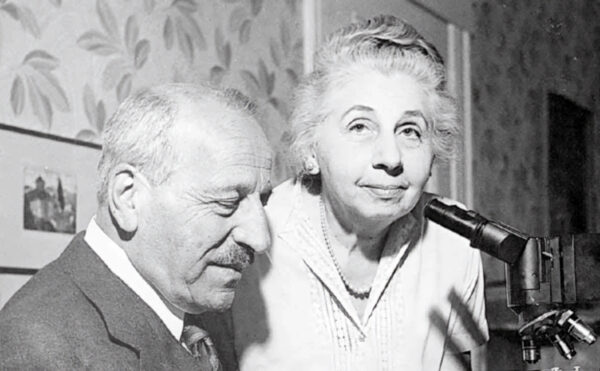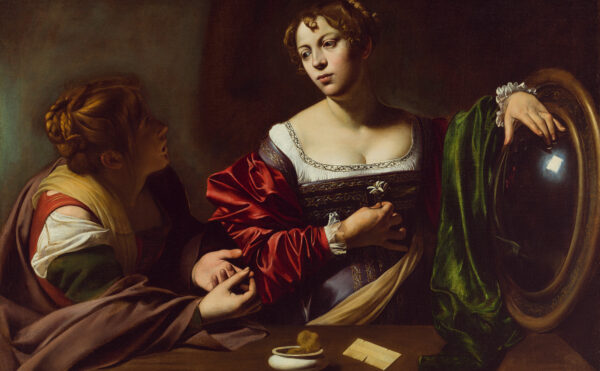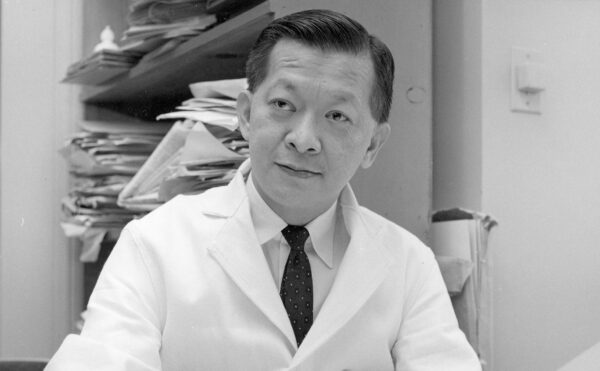Jābir ibn Hayyan, whose name is inextricably bound to the foundations of alchemy, is a man of mystery. Thousands of works have been attributed to him, and hundreds of manuscripts have survived, though none written in his own hand. His writings were a significant source for later alchemists working in Arabic. And since Arabic alchemical ideas were translated into various European languages via Latin, his name also appears in those works, usually as Geber and sometimes with the added distinction of “Arab King.” Jābir was not a king or a noble, but he was esteemed by some—and reviled by others. His identity remains shrouded in contradictions. He may be the man who never was.
The Jābir problem is an old one. Traditional biographies say Jābir lived in the second half of the 8th century. He resided mostly in Kufa, Iraq, and studied under the sixth Shi’ite imam Ja‘far al-Sādiq (d. 765 CE), whom he respectfully calls “my master” in his works. Jābir was also connected to the court of the caliph Hārūn al-Rashīd. But his identity was already in doubt by the 10th century. A Baghdadi bookseller from that time reported that many scholars thought Jābir did not exist or, if he did, that he only wrote one book and not the more than 300 the bookseller listed. In the 1930s a Jābir scholar suggested the books were likely the product of communal authorship by a 10th-century Ismā‘īlī group, the Brethren of Purity, whose religio-philosophical teachings were widely known.
Quite apart from what Jābir may or may not have written, the ideas and experiments presented in these works—based on a vast knowledge of Greek literature and philosophy—greatly influenced others, including his student Abū Bakr al-Rāzī (d. 925). Al-Rāzī’s works are far more systematic (and as such quite exceptional for the time) than those of his teacher. Trained as a doctor—like many who practiced alchemy—al-Rāzī valued careful observations and an empirical approach in both medicine and alchemy, and was often at odds with the received wisdom of his time. His alchemical works include descriptions for building experimental apparatus, the manner in which experiments should be conducted, and lists and explanations of necessary ingredients.
Jābir saw alchemy as an experimental science based on his philosophical theory of balance (mīzān). For example, Jābir understood all metals to be a blend of the abstract elements Mercury and Sulfur (not to be confused with actual mercury and sulfur, which combine to make cinnabar, as Jābir knew well). According to alchemical thought, when Mercury and Sulfur mix in an ideal proportion with no impurities, they form gold. Other metals, including silver, copper, iron, tin, and lead, represented less than perfect quantities of each abstract element and often included impurities. Since all metals were variations of the Mercury-Sulfur blend, they could be transformed into gold by manipulating and purifying the combination.
Jābir and other alchemists sought to understand the natural world through experiments with metals and other substances. Experiments involved such methods as distillation, crystallization, calcination, burning with sulfur, or dissolution with acids. Alchemists were not only concerned with producing gold: they made dyes, inks, imitation gemstones, explosives, acids, and the like.
Some men opposed the practice of alchemy, believing it sinful and destructive to the soul; but what they disapproved of were the attempts to produce gold or longer life and not of alchemy as an industrial pursuit.
In the 14th century the practice of alchemy began to fade in the Arab world and to grow in Europe. Alchemists in Europe continued the tradition of making their texts difficult for the uninitiated to understand, which to this day has created obstacles for researchers. Likewise, the many forgeries of alchemical texts, which gave false authorship to such famous names as Jābir, make it tricky to know anything for certain about the early Arabic alchemists, even the most famous.




